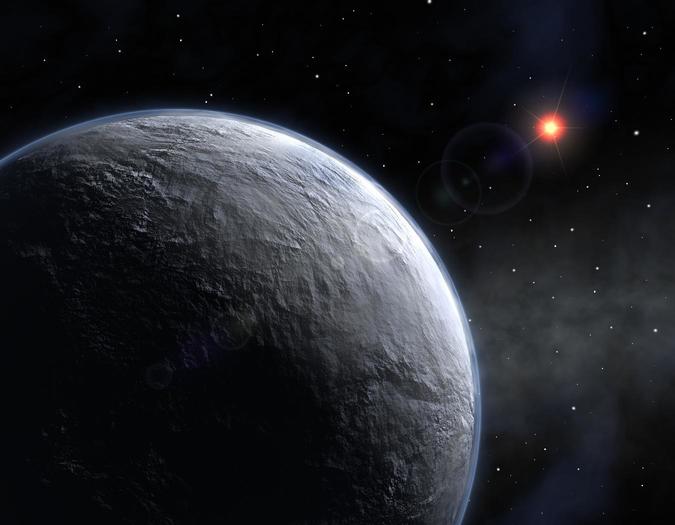 |
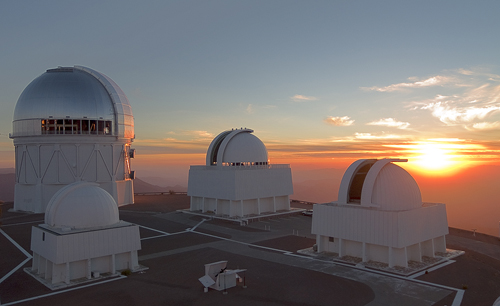 |
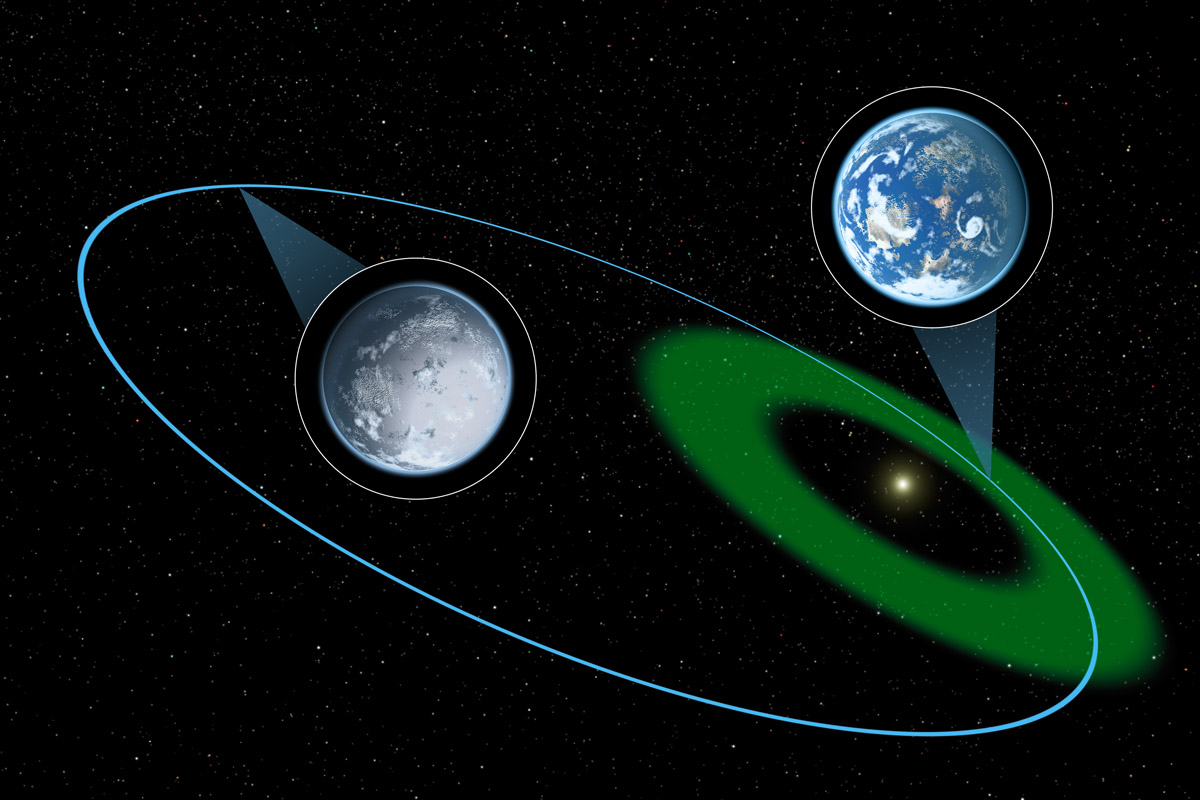 |
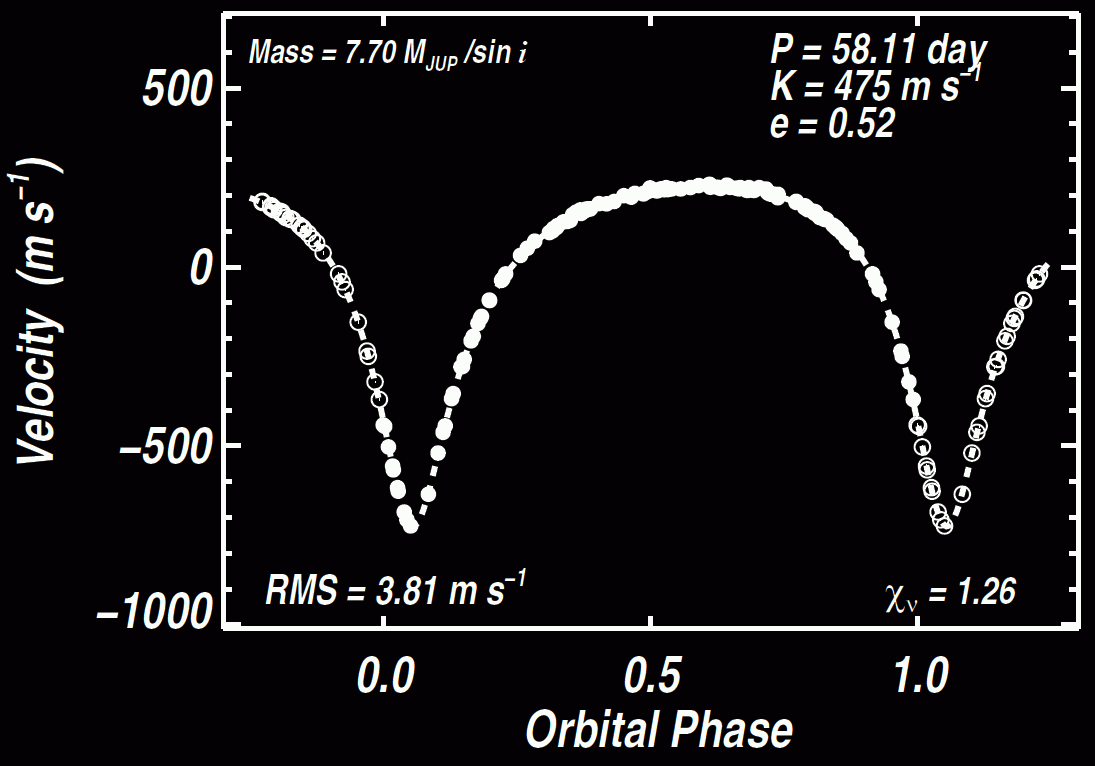 |
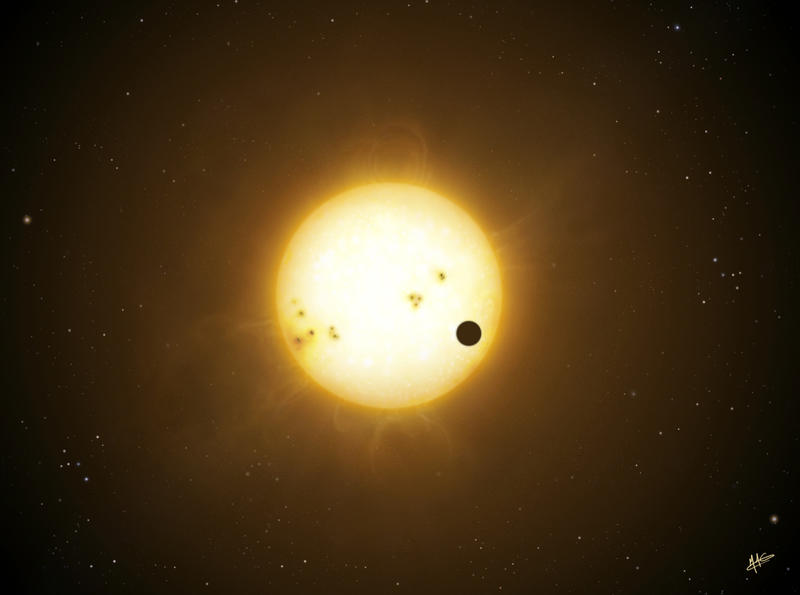 |
|
Home About Research People Links |
The discovery of planets orbiting stars beyond our own has deeply affected our understanding of the fundamental nature of the universe and our place in it. With almost 2000 known extra-solar planets (or "exoplanets"), statistical interpretations of the distribution of orbital parameters are becoming increasingly significant. These parameter distributions help us unlock the mysteries surrounding the planet formation. Exoplanet discoveries have revealed remarkable exoplanet properties, such as Jupiter-mass planets in orbits of only a few days and eccentric orbits like that of a comet. They have also shown that a continuum of exoplanetary systems exist which place our own Solar System into a much broader context than previously imagined. Further findings are pushing the sensitivity of our measurements to allow us to find planets even smaller than the Earth in the Habitable Zones of their host stars. The discovery of terrestrial exoplanets necessitates a multi-disciplinary approach to the continued expansion of exoplanetary science. This includes collaborations between the disciplines of astrophysics, planetary science, climate science, geophysics, and biological sciences. The research being conducted in the Planetary Research Laboratory (PRL) covers a wide range of exoplanetary science topics to address fundamental questions on exoplanet formation, frequency, and properties. Our work includes dynamical models of intrinsic planetary properties that will produce measurable signatures and provide support for current and future exoplanet space missions. Funding for the PRL is provided by Federal grants from the National Science Foundation (NSF) and the National Aeronautics and Space Administration (NASA). Additional support is provided by NASA's Nexus for Exoplanet System Science (NExSS) research coordination network sponsored by NASA's Science Mission Directorate, and San Francisco State University (SFSU). |
